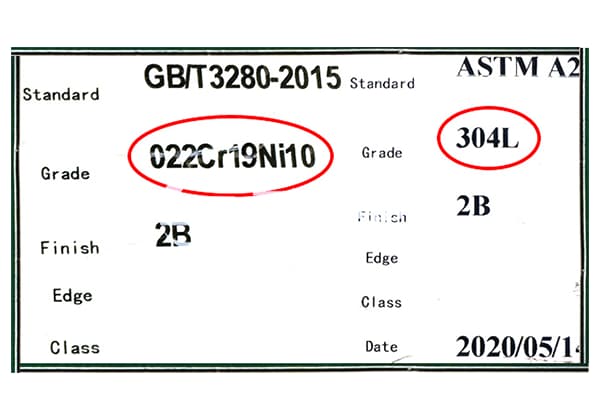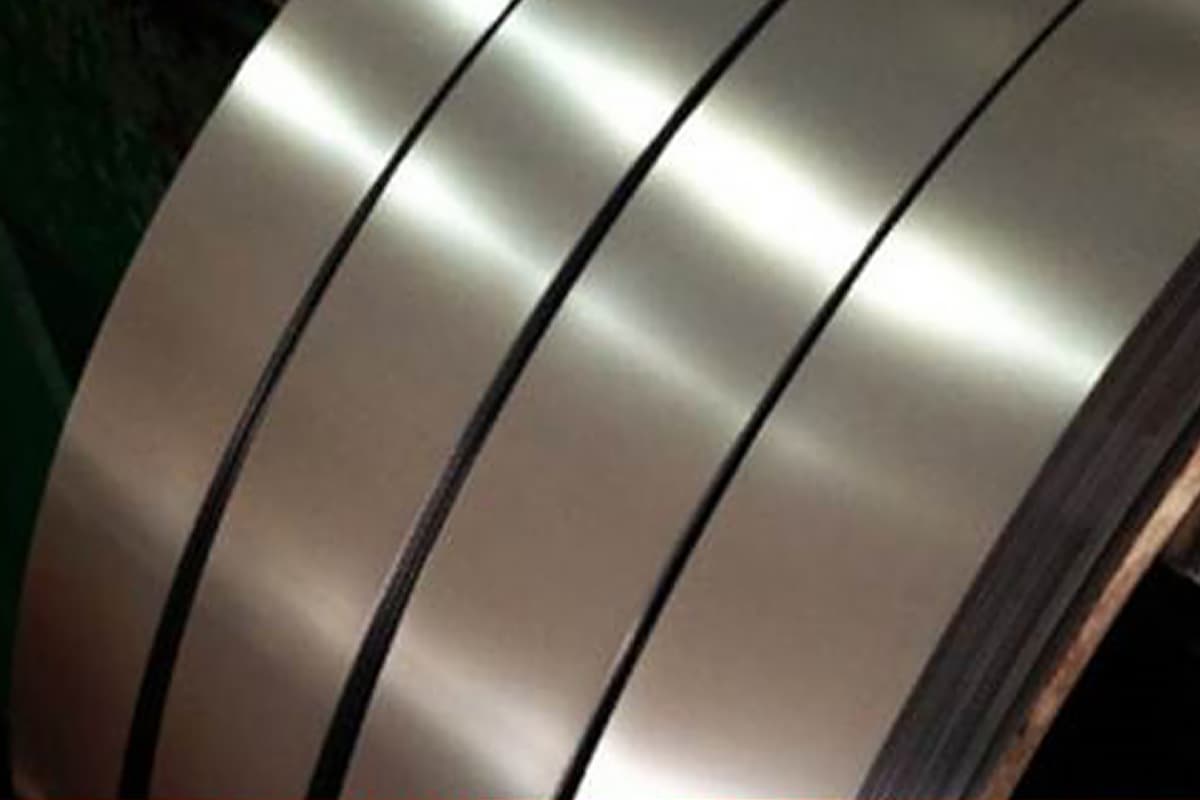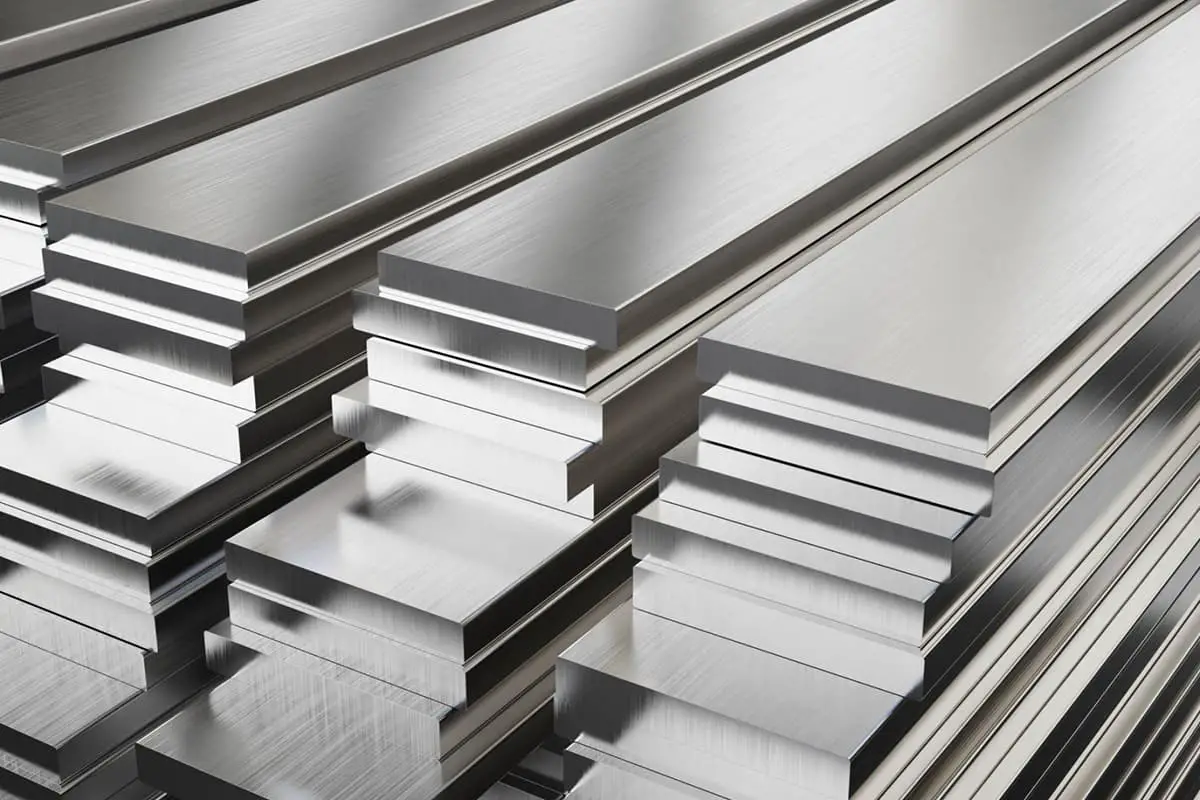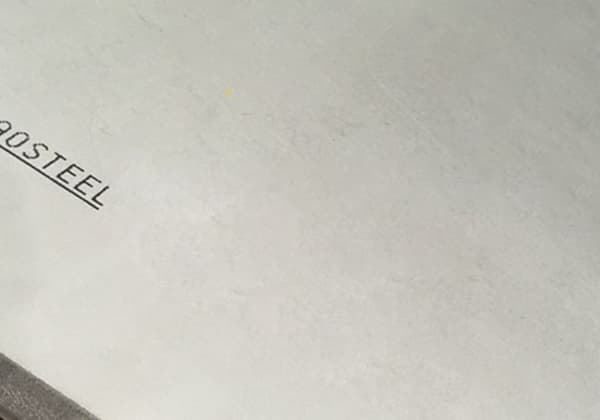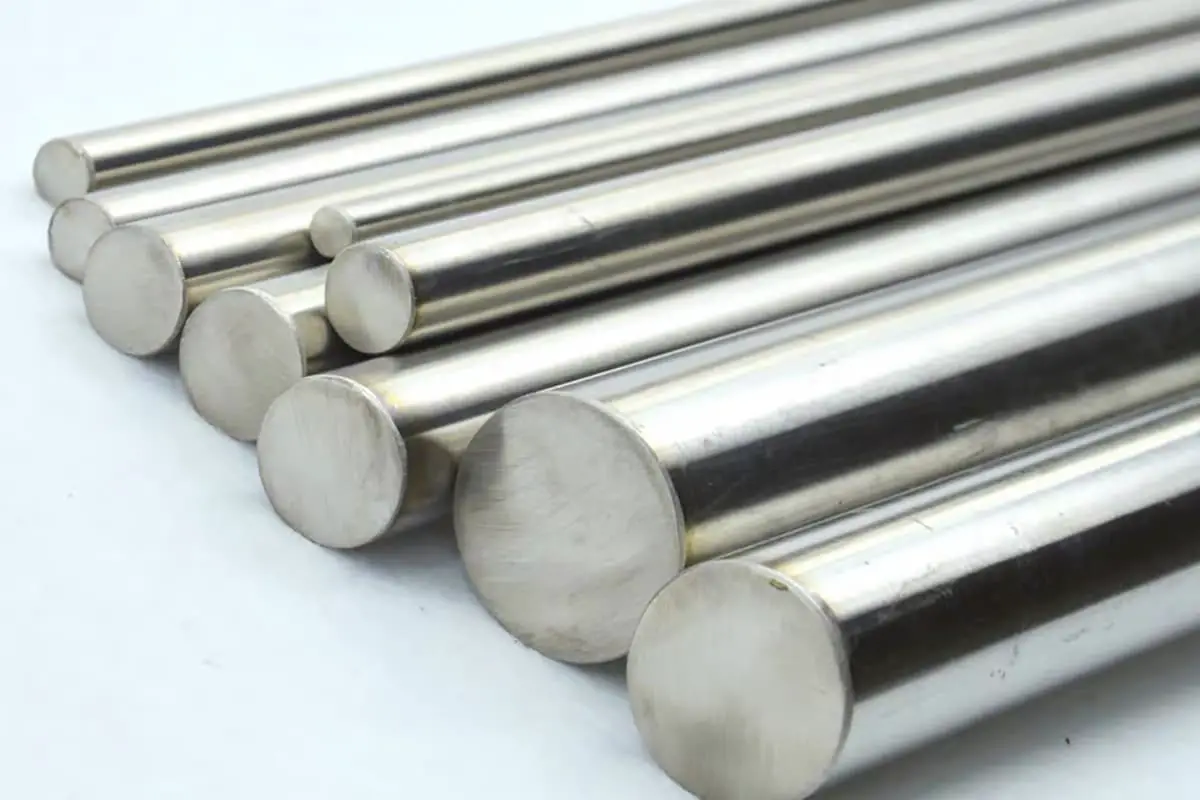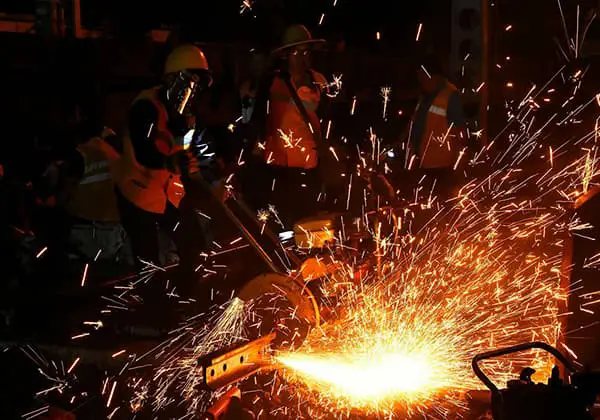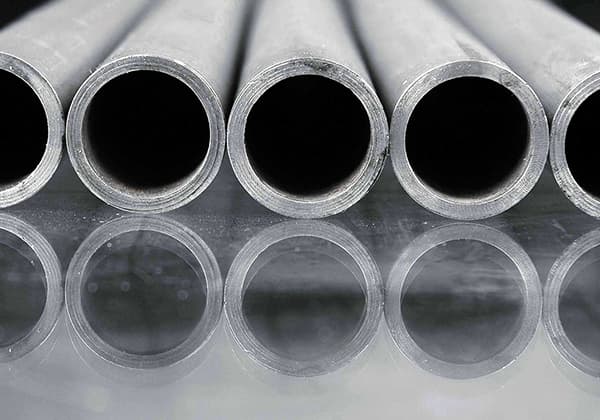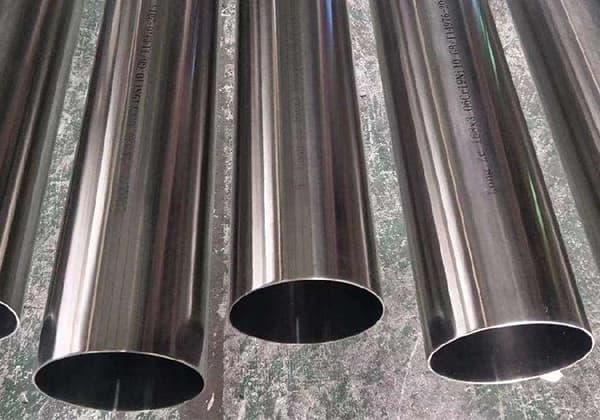
How do you achieve spotless stainless steel surfaces without scratching or dulling the finish? This article reveals 11 highly effective formulas designed to clean and maintain stainless steel. From removing dust and oxide scales to specialized pickling processes, you’ll discover the exact components and methods to keep your stainless steel looking pristine. Dive in to learn how to use these cleaning agents for everything from everyday kitchenware to large industrial equipment. Your stainless steel will shine like new with these expert tips and tricks.
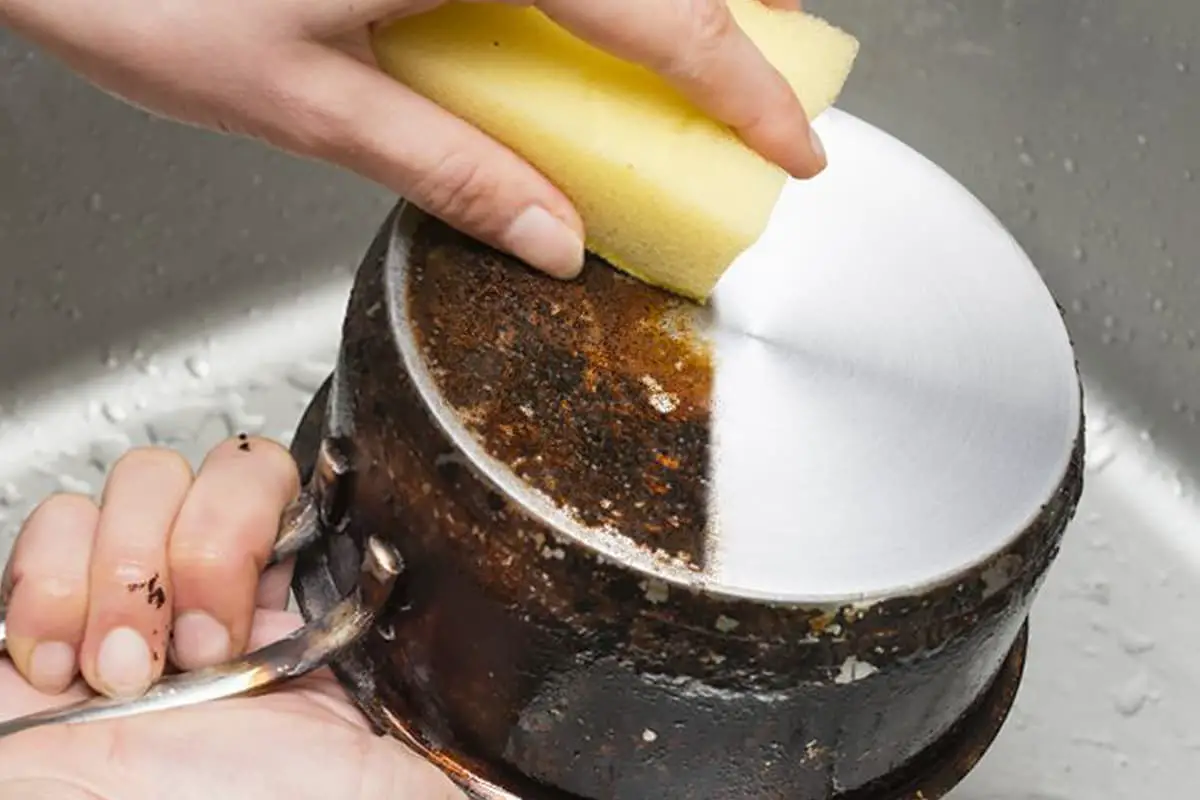

| Ⅰ | Ⅱ | |
| Nitric acid | 50%(volume fraction) | 一 |
| Hydrogen peroxide | 一 | 30—60g/L |
| Water | 50%(volume fraction) | 15—25m/L |
| Time | 10一20s | 30—60s |
| Ⅲ | Ⅳ | |
| Chromic anhydride | 70一100g/L | 100—150g/L |
| Sulfuric acid | 20—40g/L | 40—60g/L |
| Sodium chloride | 1~2g/L | 4—6g/L |
| Time | 2~10min | 5一10min |
After stainless steel is acid-etched to remove oxide scales, residual carbon ash can be eliminated using the above-mentioned chemical method.
| Ⅰ | Ⅱ | |
| Hydrofluoric acid (relative density 1.1) | 27mL/L | 一 |
| Nitric acid (relative density 1.42) | 210—280 mL/L | 140一150 mL/L |
| Phosphoric acid (relative density 1.70) | 一 | 100一120 mL/L |
| Temperature | room temperature | room temperature |
| Time | 5—10min | 5—10min |
| Ⅰ | Ⅱ | Ⅲ | |
| Sulfuric acid (relative density 1.84) | 80~100g/L | 300~400g/L | 一 |
| Nitric acid (relative density 1.42) | 130~170g/L | 一 | 一 |
| Hydrofluoric acid (relative density 1.1) | 40~70g/L | 80~140g/L | 130~140g/L |
| Ferric sulfate | 一 | 一 | 300~330g/L |
| Temperature | room temperature | room temperature | 65~70℃ |
| Time | l5~30min(Unblown sand) 1~3min(Sand blowing) | 15~45min | 20~30min |
| Ⅳ | V | ||
| Sulfuric acid (relative density 1.84) | 150~180g/L | 一 | |
| Nitric acid (relative density 1.42) | 一 | 250~300g/L | |
| Hydrofluoric acid (relative density 1.1) | 一 | 100~120g/L | |
| Monarkite | 40~50g/L | 一 | |
| Sodium chloride | 10~20g/L | 一 | |
| Hydrochloric acid | 一 | 60~80g/L | |
| Temperature | 65~70℃ | room temperature | |
| Time | 20~30min | 5~10min |
| Mineral acid (nitric acid: hydrofluoric acid=1:1) | 15.0%~30.0% |
| Surfactant (Alkylphenol polyoxyethylene ether and Castor oil ethylene oxide condensate) | 5.0% |
| Fillers (silica, etc.) | 20.0% |
| Corrosion inhibitor (thiourea derivatives, Xylenol polyoxyethylene ether, etc.) | <0.5% |
| Water | Add to 100% |
First, dissolve inorganic acid in water, then sequentially add surfactants, fillers, and corrosion inhibitors. Stir and mix evenly to obtain the finished product.
This solution has stable performance, good adhesion, strong cleaning power, and is easy to store and transport. It is suitable for cleaning carbon scale, dust, and grease in large stainless steel equipment such as reactors, heat exchangers, and towers.
Component A
| Sodium hydroxide | 38.0 copies |
| Sodium tripolyphosphate | 1.0 copies |
| sodium metasilicate | 10.0 copies |
| Sodium carbonate | 20.0 copies |
| Sodium lignosulfate | 1.0 copies |
| Sodium phosphate | 20.0 copies |
| Octylphenol polyoxyethylene ether (mixture of E09-10 and E05) | 0.5 copies |
Component B
| Deodorized methyl ethyl ketone | 45.0 copies |
| Aromatic Naphtha | 20.5 copies |
| Linear alkyl sulfonic acid | 10.0 copies |
| Sodium hydroxide | 2.5 copies |
| Hexanediol | 5.0 copies |
| Ethylene glycol monobutyl ether | 5.0 copies |
| Ethanolamine | 2.0 copies |
| Octylphenol polyoxyethylene ether (E09-10) | 5.0 copies |
| Water | 5.0 copies |
Mix Components A and B, add water to make a 6 to 38g/L cleaning solution.
This cleaner is used for spray washing stainless steel tanks and yields excellent results.
| Phosphoric acid (85%) | 3% |
| Citric acid | 4% |
| Octylphenol polyoxyethylene (10) ether | 2% |
| Butanone | 3% |
| Water | 88% |
Slowly add acid to water, then add butanone and a surfactant. If using cold water, pre-mix the surfactant with three parts warm water.
This solution is suitable for cleaning aluminum and stainless steel.
| Hydrochloric acid | 25% |
| Nitric acid | 5% |
| Sulfuric acid | 5% |
| Water | 65% |
This formula is used to remove iron filings, oxide scales, and rust spots from stainless steel. After pickling, the surface is brighter. The processing temperature is 50-60°C and the processing time is 30-60 minutes.
| Hydrogen peroxide (30%) | 1.5~5.0 copies |
| Hydrochloric acid (relative density 1.7) | 4.5~7.0 copies |
| Hydrofluoric acid (30%) | 1.0~5.0 copies |
The above components can be mixed with an added adhesive to form a viscous acidic solution.
After this solution is applied to the stainless steel surface, it can dissolve any oxides formed on the surface, enabling oxide removal.
The feature of this solution is that it’s easy to use and does not require the addition of a pickling corrosion inhibitor.
| Sulfuric acid | 5%~l0% |
| Hydrofluoric acid | 2%~5% |
| Water | Add to 100% |
Processing conditions: room temperature, 60-80 seconds.
| Ferric trichloride | 200~250g/L |
| Hydrochloric acid | l00~150g/L |
Processing conditions: room temperature, 90-150 seconds.
| Nitric acid | 6%~8% |
| Sulfuric acid | 8%~l0% |
| Hydrofluoric acid | 4%~6% |
| Water | Add to 100% |

